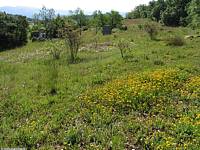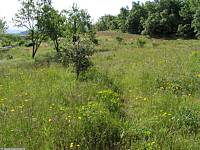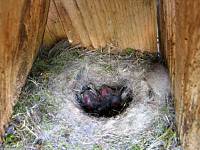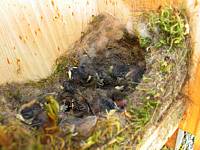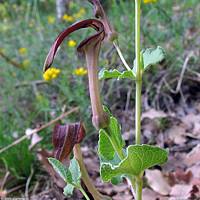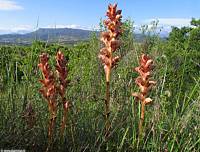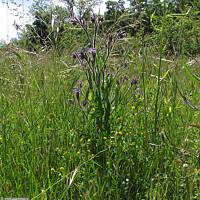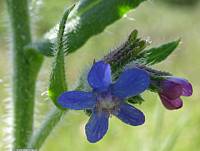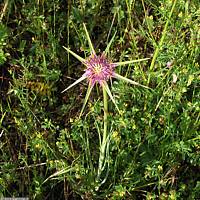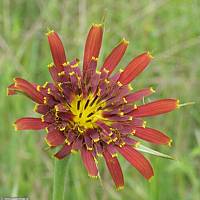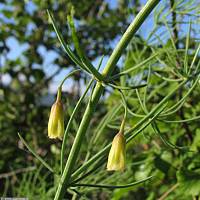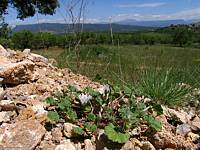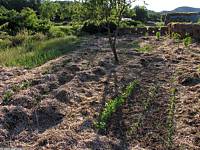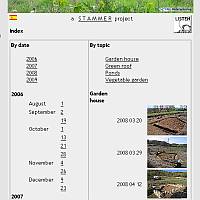|
|
Nature
Switched On
|
|
|
introduction |
2009 May 16 & 17, Saturday & Sunday
Temperatures are reaching just above 20º and
some 15 litres of rain were collected in our rain gauge. |
Overview of the higher western terrace. The yellow |
|
The yellow composite flowers of
Crepis nicaeensis on the higher western terrace. Looking south-east. Sunday 9:28 |
||
|
The bee colony has disappeared, but other
creatures decided to make their home on the terrain: two of the nest
boxes are being occupied by tits. The smaller nest boxes I had made
from mouse cages
have not attracted any birds so far and will replace them next
season for decent ones.
|
||
| Nest with
youngs of a Blue tit. Saturday 18:23 |
Nest with youngs of a Great tit. Saturday 18:02 |
|
|
In the collection of curiosities it's a nice moment to present the
flowering Aristolochia pistolochia, a westerm-mediterranean
Birthwort species. The strangely formed flowers act as traps for
flies who in this way carry out the
pollination. |
||
|
Aristolochia pistolochia in the half shade of the oak
wood on the higher terrace. Saturday 17:53 |
Orobanche caryophyllacea parasiting on Galium fruticescens. Central terrace looking north. Saturday 18:51 |
|
|
This is another Boraginaceae
species: Italian
bugloss (Anchusa azurea).
|
||
|
Close-up of Anchusa azurea flowers. |
Anchusa azurea on
the central terrace where 2 plants were growing. Sunday 12:18 |
|
|
Two sub-species of Purple Salsify (or
Oyster Plant): respectively Tragopogon porrifolius
subsp. australis and porrifolius. The latter is the
one that has been cultivated for its edible roots since
|
||
|
Tragopogon porrifolius subsp. australis. Sunday 8:33 |
||
|
Tragopogon porrifolius subsp. porrifolius. Photograph taken on 10 May '09 10:11 |
||
|
Asparagus (Asparagus
officinalis) and Dwarf Mallow (Malva neglecta) were detected before but haven't been
properly introduced in the species catalogue. Asparagus is of course
edible when
|
||
|
Asparagus
officinalis on the lower terrace. As I have never detected the red berries I suppose these are male flowers. Saturday 19:19 |
Malva
neglecta on the remainders of the stones we used for the
foundation of the garden house. |
|
|
In the vegetable garden the edibility of some plants is such that
little remains for human consumption. For example of the
|
||
|
The vegetable garden with garlic
on the far left, potatoes on the left and peas in the centre. At the back on the right, the berry shrubs. Looking north-west. Saturday 19:26 |
||
|
A practical new feature of this web site is the improved index page. Apart from an overview by date it is now possible to search by topic. I selected four important topics, whose development in time can now be traced easier, respectively: the garden house, the green roof, the two ponds and the vegetable garden. |
||
|
introduction
|
|
